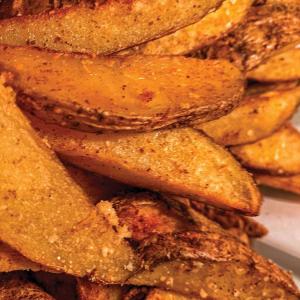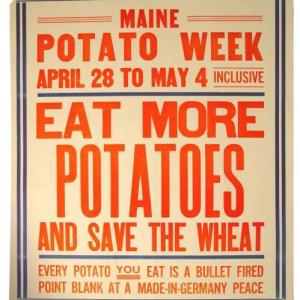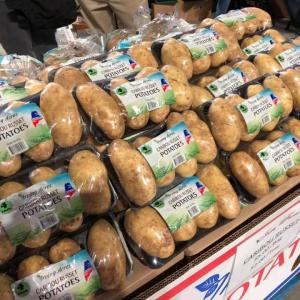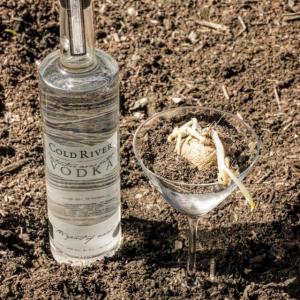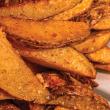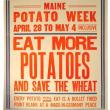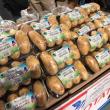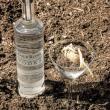Help out a Maine potato farmer: Eat more spuds
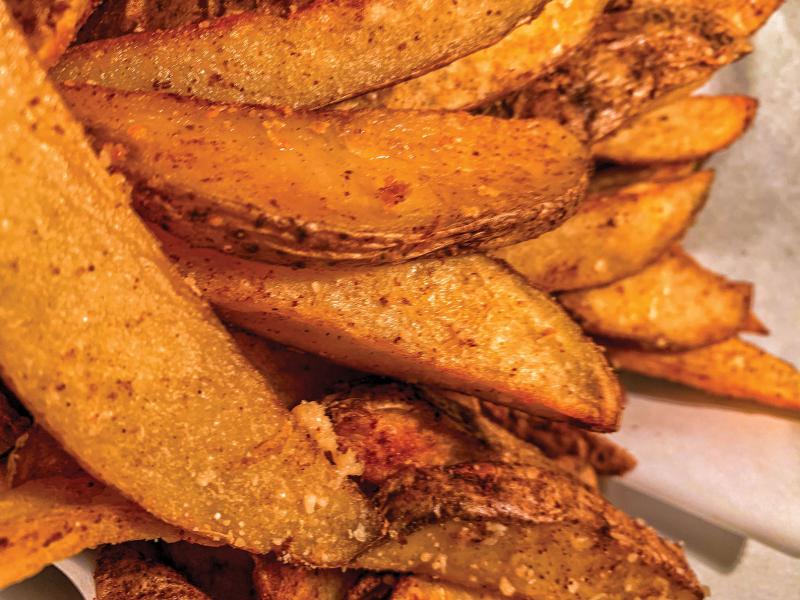 Photo courtesy MetroCreative
Photo courtesy MetroCreative
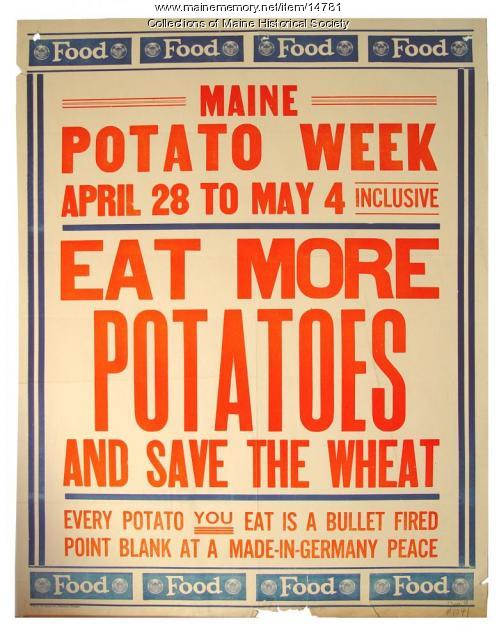 Poster courtesy Collections of Maine Historical Society
Poster courtesy Collections of Maine Historical Society
 A peaceful evening overlooking a potato farm. Photo courtesy Maine Potato Board.
A peaceful evening overlooking a potato farm. Photo courtesy Maine Potato Board.
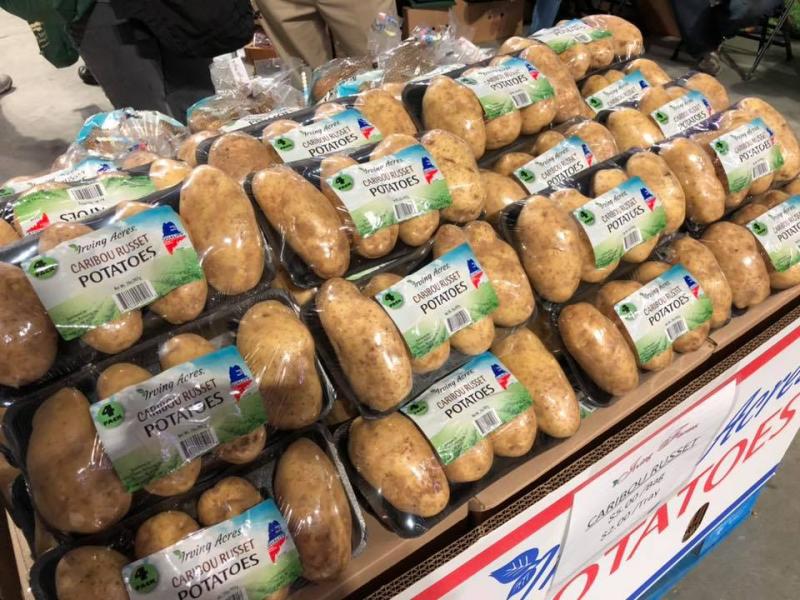 When at the store, buy Maine brands. Photo courtesy Maine Potato Board.
When at the store, buy Maine brands. Photo courtesy Maine Potato Board.
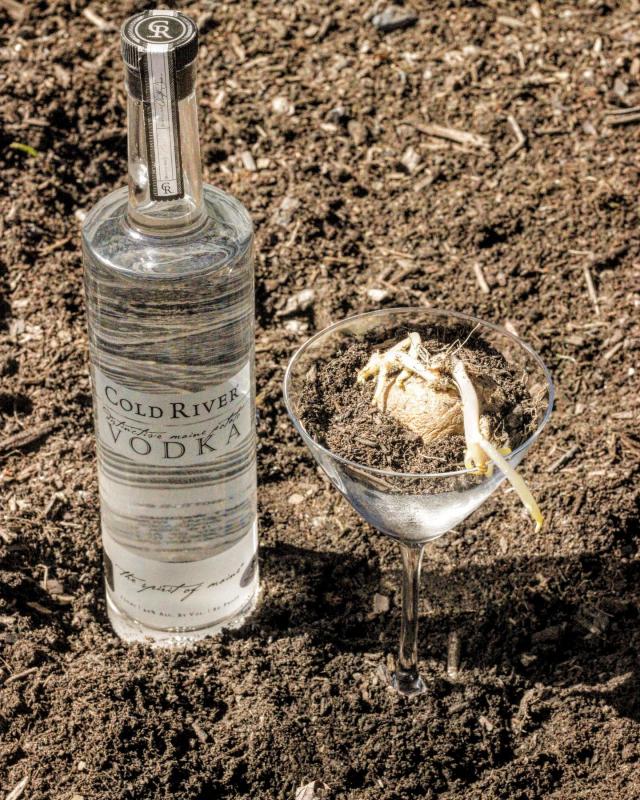 Clink to the Maine farmers with your next martini. Photo courtesy Cold River Vodka.
Clink to the Maine farmers with your next martini. Photo courtesy Cold River Vodka.
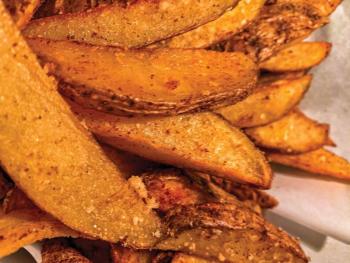 Photo courtesy MetroCreative
Photo courtesy MetroCreative
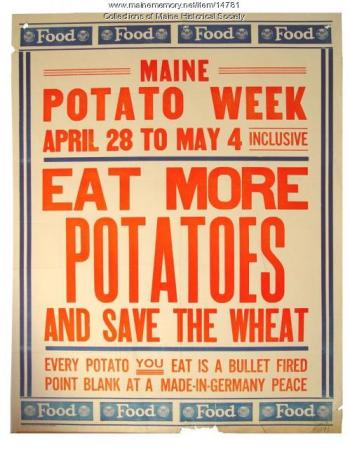 Poster courtesy Collections of Maine Historical Society
Poster courtesy Collections of Maine Historical Society
 A peaceful evening overlooking a potato farm. Photo courtesy Maine Potato Board.
A peaceful evening overlooking a potato farm. Photo courtesy Maine Potato Board.
 When at the store, buy Maine brands. Photo courtesy Maine Potato Board.
When at the store, buy Maine brands. Photo courtesy Maine Potato Board.
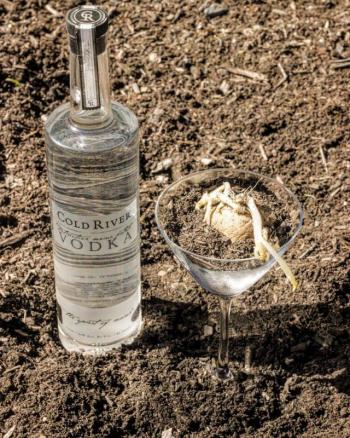 Clink to the Maine farmers with your next martini. Photo courtesy Cold River Vodka.
Clink to the Maine farmers with your next martini. Photo courtesy Cold River Vodka.
The humble Maine potato, like most agriculture products, is undergoing its own crisis within a pandemic.
According to a April 18, 2020 press release issued by U.S. Senator Susan Collins: “Maine potato farmers have lost nearly half of their business and could see advance orders for next year’s crop drop by as much as 20 percent due to COVID-19 closures and restrictions on restaurants. To help mitigate these losses, the Maine Delegation sent a letter to USDA, urging the agency to directly purchase Maine potatoes from farmers.”
“Maine produces around 1.6 billion pounds of potatoes a year,” said Maine Potato Board’s Executive Director Donald Flannery. “About 60 percent of Maine’s production goes to food service, which is everything from fast food restaurants to cafeterias to hospitals and what has happened with the closure of commerce is that business has gone away.”
“The amount of money Maine farmers aren’t going to put in their pockets this year is $20-22 million.”
-Donald Flannery, Maine Potato Board
There is no way to recover or repurpose that market, according to Flannery.
“The sheer volume of those outlets is gone,” he said. “Right now, the 2019 crop is still in storage, but the economy won’t get flowing fast enough to use that crop. We’re looking at probably 200 million pounds that will not have a place to go come the first of June.”
Flannery said the lost time, effort, and labor is immeasurable.
“We’re putting twice as much as we can into food banks, but the rest of those millions of pounds will be taken out of storage and disposed of or to compost,” he said.
And he isn’t optimistic that the repercussions from the Covid-19 shut down will resolve next year.
“Financially, as far as producers go, it will affect them into the 2021-2022 crop,” he said.
Maine Potato Week started in 1918
In an ironic cyclical turn of events, Mainers were being encouraged by the state just over 100 years ago to eat more potatoes as well at this time of year.
During World War I, wheat was rationed as bread made from the wheat flour was being sent to American and Allied troops abroad. April 28, 1918 kicked off “Maine Potato Week,” a campaign to encourage Mainers to eat potatoes instead.
Campaign slogans included: “Every potato you eat is a bullet fired point blank at a made-in-Germany peace.”
How Can We Support the Industry? Eat More Spuds and Drink Vodka
The potato is the second most-consumed food in the United States, with about one-third (34%) of its production turned into frozen foods such as french fries, tater tots, hash browns and home fries and 28% supplied to the fresh market.
The good news, according to Flannery, is that the retail side of business is still viable because people are buying Maine potatoes and bringing them home to cook.
McCain Foods USA is one of the largest frozen potato operations on the East Coast.
Penobscot McCrum and Pineland Farms (now acquired by Post Holdings), are two manufacturers of refrigerated frozen Maine potato products, as well.
To encourage people to buy Maine brands, Flannery suggested, “When you go shopping, look at the bottom of the bag of potatoes for the ‘packed by’ label and check that it’s a Maine town.”
Cold River Vodka is a producer of handcrafted Maine potato vodka and spirits.
Chris Dowe, owner and master distiller said that the Covid-19 crisis has not affected the sourcing of potatoes because his business partner owns Green Thumb Farms in Fryeburg, which produces most of the culls (not tablestock) potatoes used in the vodka.
When Green Thumb runs out, they source from The County. About a million pounds are used to make the vodka per year.
“On the other hand, our sales have been affected due to restaurants and bars being shut down,” he said.
Like a lot of smaller farms, Green Thumb is also impacted by its halted sales to Sysco, a major supplier to restaurants.
So pour a shot of potato vodka, while you toss some McCain curly fries in the air fryer. While we can’t save our Maine industries, our grocery choices and purchasing power goes a long way to supporting them.
Kay Stephens can be reached at news@penbaypilot.com
Event Date
Address
United States

